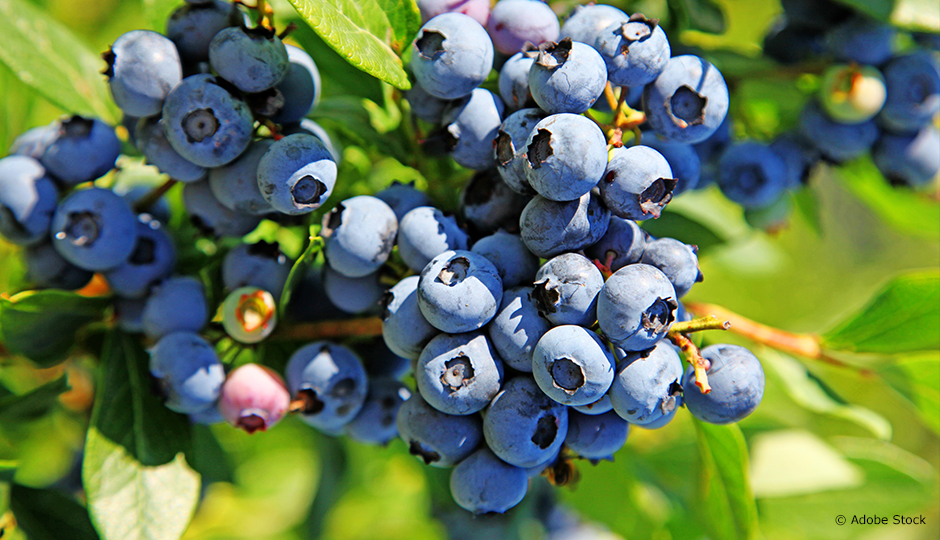Good news! The spotted wing drosophila is not a major threat to the blueberry fields of Lac-Saint-Jean, as it infests blueberries late in the season, after the harvest. This is the finding of Conrad Cloutier, a researcher in the Department of Biology at Université Laval, and his collaborator Valérie Fournier, from the Department of Phytology.
The tiny fruit fly is a source of anxiety for soft fruit producers around the world.
The tiny fruit fly is a source of anxiety for soft fruit producers around the world. It can destroy an entire raspberry, strawberry or cherry crop. Adult flies lay eggs in ripening fruit, which is then eaten by the larvae once they hatch.
Faced with this threat, the Association des producteurs de bleuets wanted to better understand the risk for blueberry farmers. They collaborated with Conrad Cloutier’s team, who set up traps at 10 sites in Lac-Saint-Jean. In August, the scientists captured up to 800 individuals in an infested area in the space of three to four days. The enemy is therefore widespread in the region. However, it is abundant in blueberry fields only from August to October, especially on the edge of forests, where it feeds on wild berries.
For the moment, the researchers do not know where the drosophila is the rest of the time. In the laboratory, they noted that the insect does not tolerate temperatures below –2 degrees Celsius. Conrad Cloutier thinks that the fly could spend the winter dormant under the snow, in dead trees and woodland litter or inside buildings. It is also possible that it spends the winter in the south.
While the spotted wing drosophila does not appear to be a threat, the researcher recommends that producers protect themselves by first harvesting berries along the edges of blueberry fields and eliminating creeping dogwood, the insect’s favourite wild plant.




